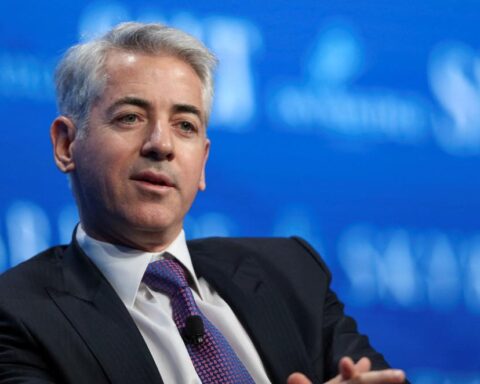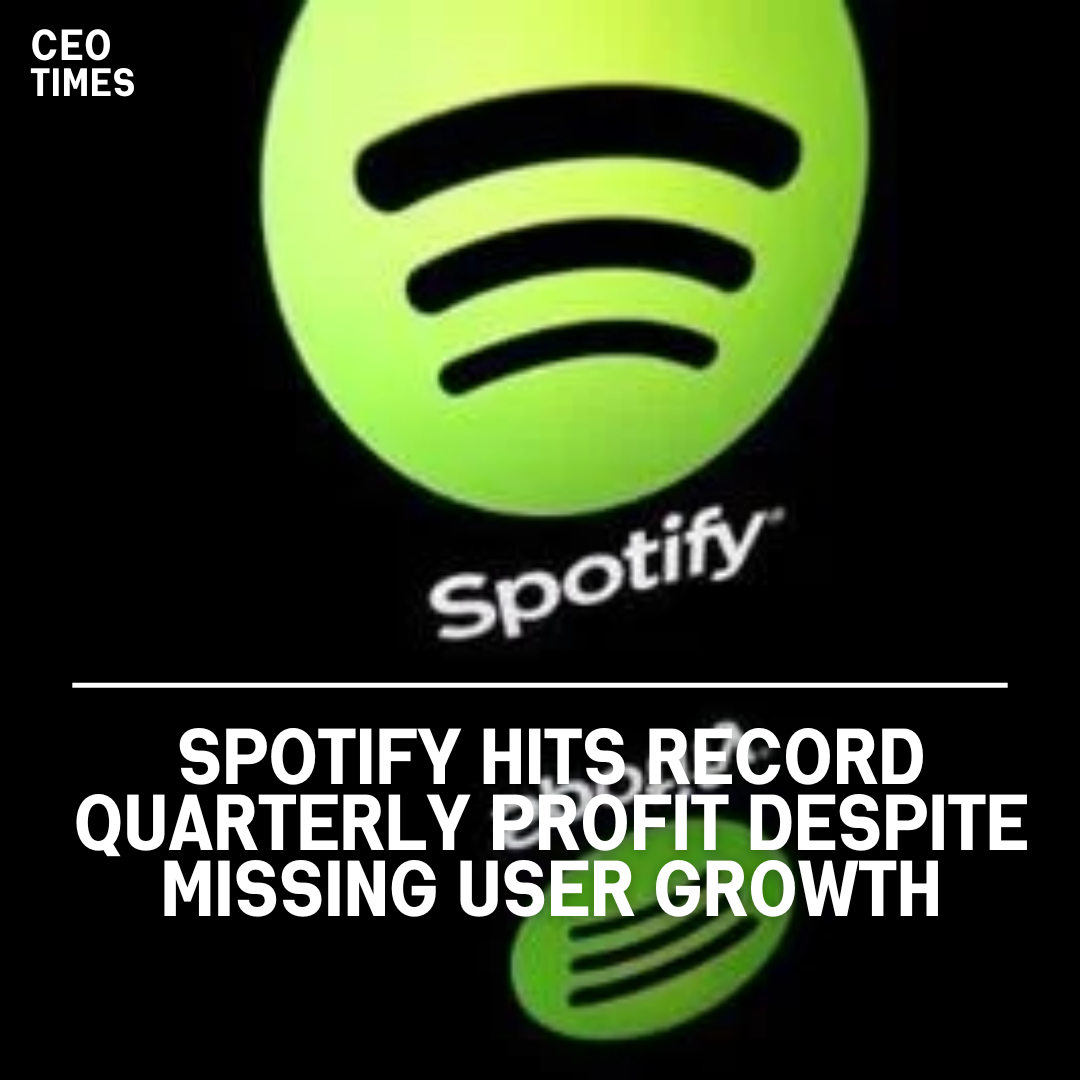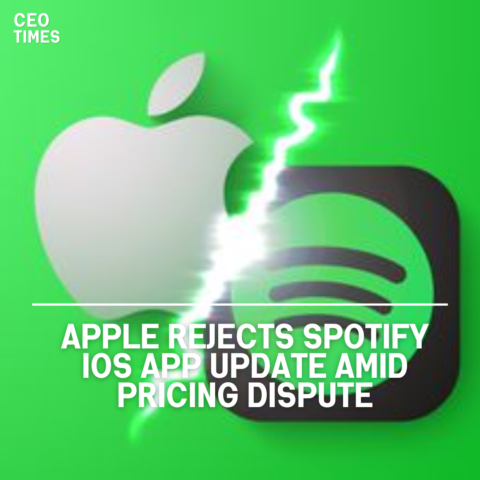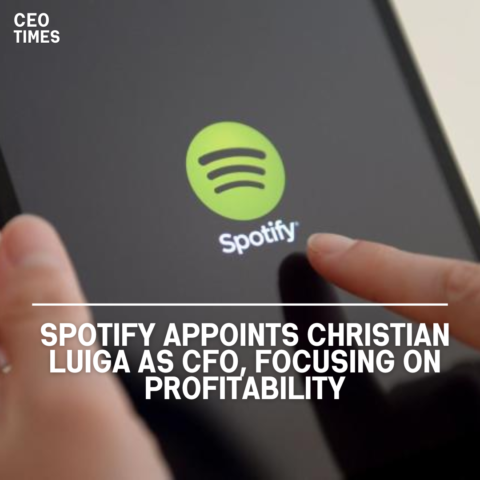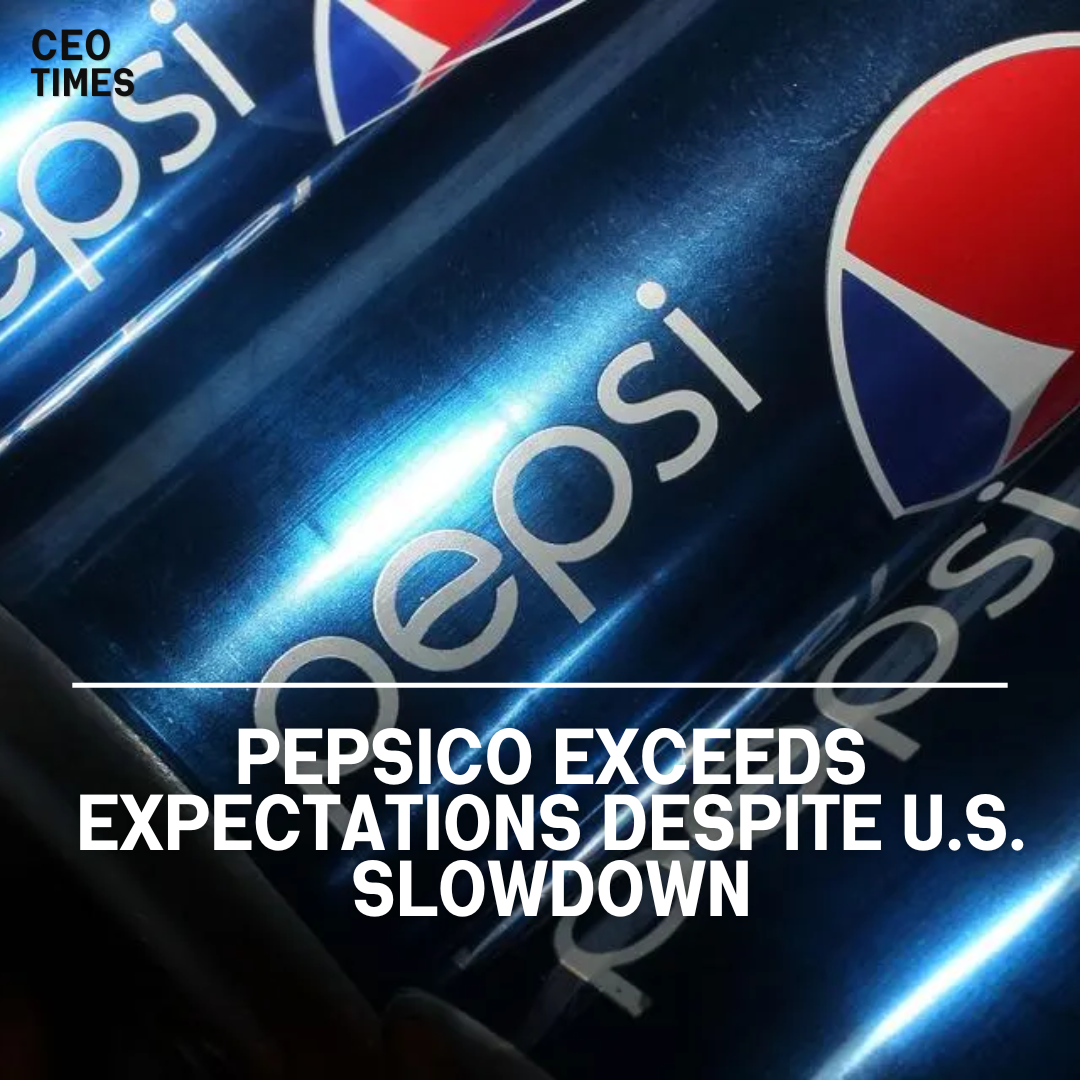Spotify achieved a landmark by surpassing 1 billion euros ($1.1 billion) in quarterly gross profit for the first time, driven by cost-cutting measures. However, it falls short of its projected monthly active user (MAU) growth.
Strategic Cost Reduction:
To enhance margins and profits, Spotify implements cost-cutting strategies, including reductions in marketing spending and layoffs, diverging from its previous approach of aggressive user acquisition through promotions and content investments.
Spotify’s shares initially declined following the quarterly results but reversed course to soar 8% in premarket trading, reflecting investor optimism amidst the company’s focus on profitability and margin expansion.
CEO Daniel Ek acknowledges the need to recalibrate marketing spend to sustain growth, indicating plans to reinvest in marketing activities throughout the year to drive user acquisition and engagement.
Margin Expansion and Podcasting Profits:
Gross margins improved to 27.6%, buoyed by profitability in the podcast business, which was previously a drag on earnings but has now evolved into a lucrative profit center for Spotify.
Spotify’s significant investments in podcasting, including acquisitions of popular shows like “The Joe Rogan Experience,” yield positive returns, contributing to overall revenue growth and diversification.
Revenue Growth and Pricing Strategies:
Quarterly revenue increased by 20% to 3.64 billion euros, exceeding expectations, supported by price hikes and experimentation with different subscription plans, including the introduction of a music-only tier.
Despite a 19% rise in MAUs to 615 million, Spotify falls short of its guidance and analysts’ estimates, forecasting 631 million MAUs for the second quarter.
Premium subscribers expand by 14% to 239 million in the first quarter, aligning with expectations and underscoring Spotify’s continued focus on driving subscription growth amidst evolving market dynamics.





